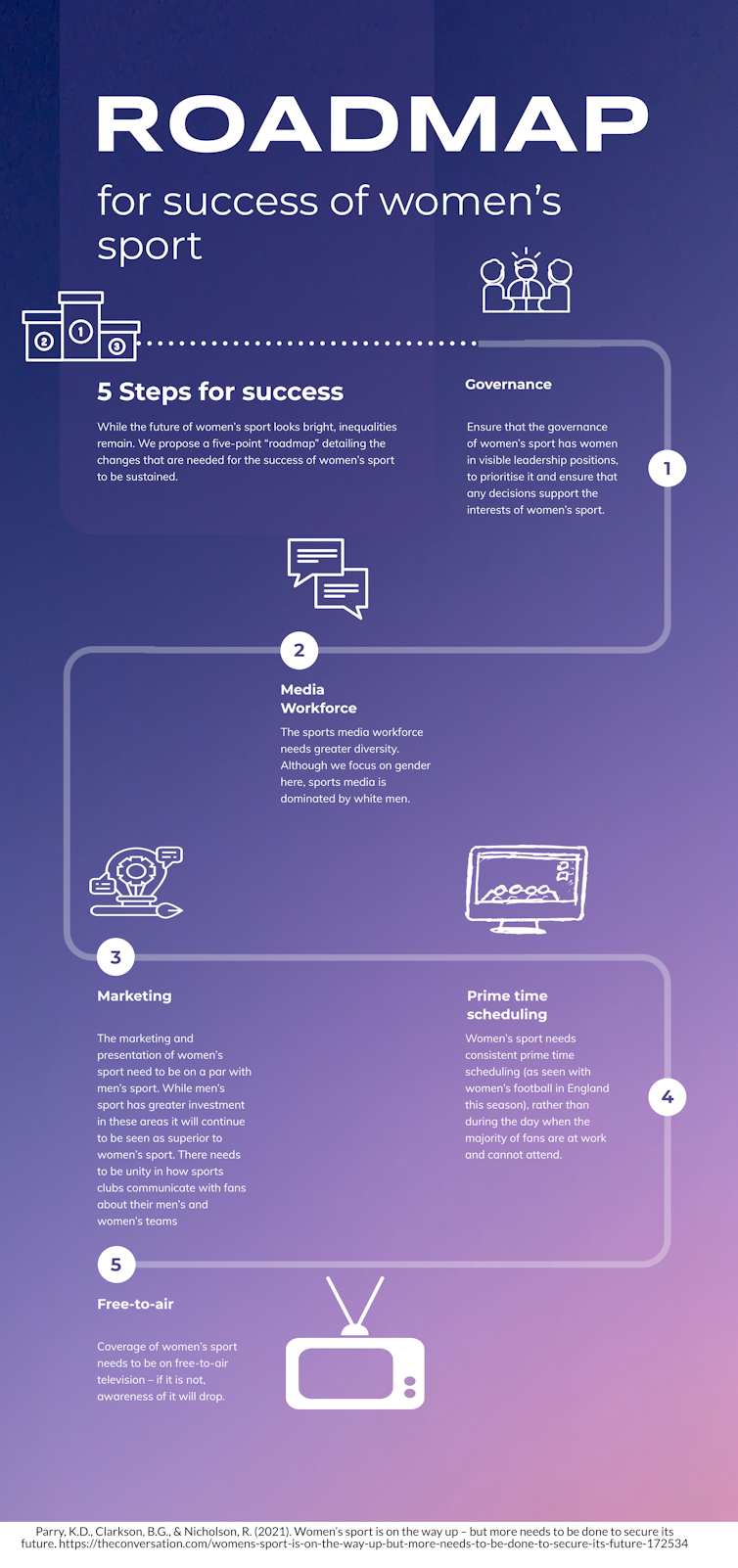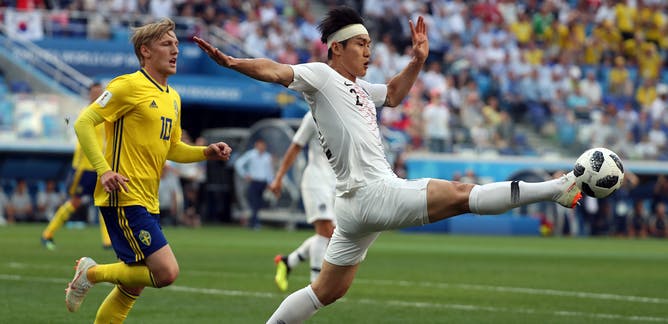Dr Keith Parry co-authors this article for The Conversation about the choice and availability of kits for women’s football fans…
Fans are finding out just how disappointing merchandise for women’s football is
Keith Parry, Bournemouth University; Beth Clarkson, University of Portsmouth, and Katie Sveinson, UMass Amherst
England goalkeeper Mary Earps was named player of the match in England’s victory over Nigeria in the Fifa Women’s World Cup. She has played a key role in England’s recent successes, not just at the World Cup but in previous tournaments. Her performances have made her a hero to her fans.
But Earps’ fans are unable to emulate her by wearing a replica of her goalkeeper shirt: it is not being put up for sale by team kit manufacturer Nike. Earps has said that her goalkeeping shirt not being available to buy is “hurtful”, and a petition by fans calling for the shirt to be produced has reached over 35,000 signatures.
We are currently researching the availability of kits for women’s football fans, together with colleague Jess Richards. The merchandise and clothing available to female fans and male fans of women’s teams is often limited, undesirable or just not available.
Female fans have expressed dissatisfaction with merchandise offered in varying shades of pink. A women’s Manchester United shirt with a low neckline produced in 2015 was criticised for sexualising fans.
Or women may feel obliged to buy a shirt that doesn’t fit them if women’s cuts (shirts made to fit the shape of a female torso) of men’s team shirts are unavailable.
Here, we’ve looked at the kits women can buy on the official online stores for six teams to explore some of these issues.
World Cup clothing
The official online store for England football kits currently highlights the women’s home kit on their home page. Fans can buy a men’s cut – a shirt fitted to the shape of a male torso – of the Lionesses’ shirt, including personalised versions with player names on.
But female fans have fewer items available specifically for them in the store. There are no women’s fit versions of the men’s national team jersey.
The same is true for France – men can buy a men’s fit of the women’s team kit, but there is no women’s fit of the men’s team jersey currently available.
In their official online shop the Republic of Ireland offer women the women’s national team jersey in two different fits. They do also have the women’s national team goalkeeper kit for sale. However, the men’s team shirts are available in both long and short sleeved versions, but the women’s team shirts only come with short sleeves.
The online store for Canada Soccer also features the women’s kit prominently, but the high-end “authentic jersey” is only available for the men’s team, and only in men’s sizes. A women’s fit of the men’s jersey is not available at all.
US soccer fans hoping to emulate women’s team goalkeeper Alyssa Naeher are currently only able to buy outfield shirts with her name on it on the official kit website. The only goalkeeper jersey on offer is for the men’s national team and it is only available in a men’s fit. The store has many more items for men than for women, even for products replicating the women’s national team kit.
In 2020 in Australia the away version of the Matildas’ kit, produced by Nike, was not initially available in a women’s cut. Football Australia now has equal availability in terms of the replica jerseys and there are more items for women than for men. But the replica shirts that are currently available for the men’s team are only offered in men’s sizes.
Buying merchandise and especially replica shirts is important to fans. It is a way to show loyalty to a team and helps to develop a sense of identity.
The fan clothing worn by women can affect whether they feel they are considered as “authentic” fans. Sporting culture continues to be dominated by men.
Subtle differences in how women’s sport is treated, such as those we have found here, show that women are still disadvantaged. It is important that fans continue to push for equal opportunities on and off the pitch.![]()
Keith Parry, Head Of Department in Department of Sport & Event Management, Bournemouth University; Beth Clarkson, Senior Lecturer in Sports Management, University of Portsmouth, and Katie Sveinson, Assistant professor, UMass Amherst
This article is republished from The Conversation under a Creative Commons license. Read the original article.














 3C Event: Research Culture, Community & Cookies – Tuesday 13 January 10-11am
3C Event: Research Culture, Community & Cookies – Tuesday 13 January 10-11am Dr. Chloe Casey on Sky News
Dr. Chloe Casey on Sky News Final Bournemouth University publication of 2025
Final Bournemouth University publication of 2025 On Christmas Day in the Morning…
On Christmas Day in the Morning… New Nepal scoping review on maternal & neonatal health
New Nepal scoping review on maternal & neonatal health ECR Funding Open Call: Research Culture & Community Grant – Application Deadline Friday 12 December
ECR Funding Open Call: Research Culture & Community Grant – Application Deadline Friday 12 December MSCA Postdoctoral Fellowships 2025 Call
MSCA Postdoctoral Fellowships 2025 Call ERC Advanced Grant 2025 Webinar
ERC Advanced Grant 2025 Webinar Horizon Europe Work Programme 2025 Published
Horizon Europe Work Programme 2025 Published Update on UKRO services
Update on UKRO services European research project exploring use of ‘virtual twins’ to better manage metabolic associated fatty liver disease
European research project exploring use of ‘virtual twins’ to better manage metabolic associated fatty liver disease